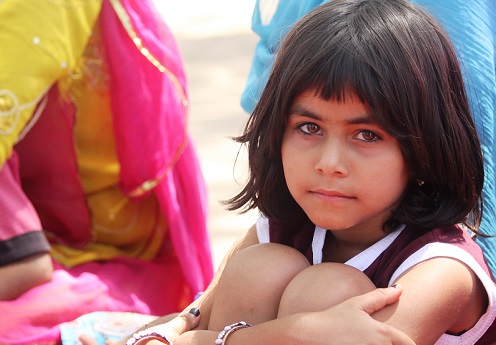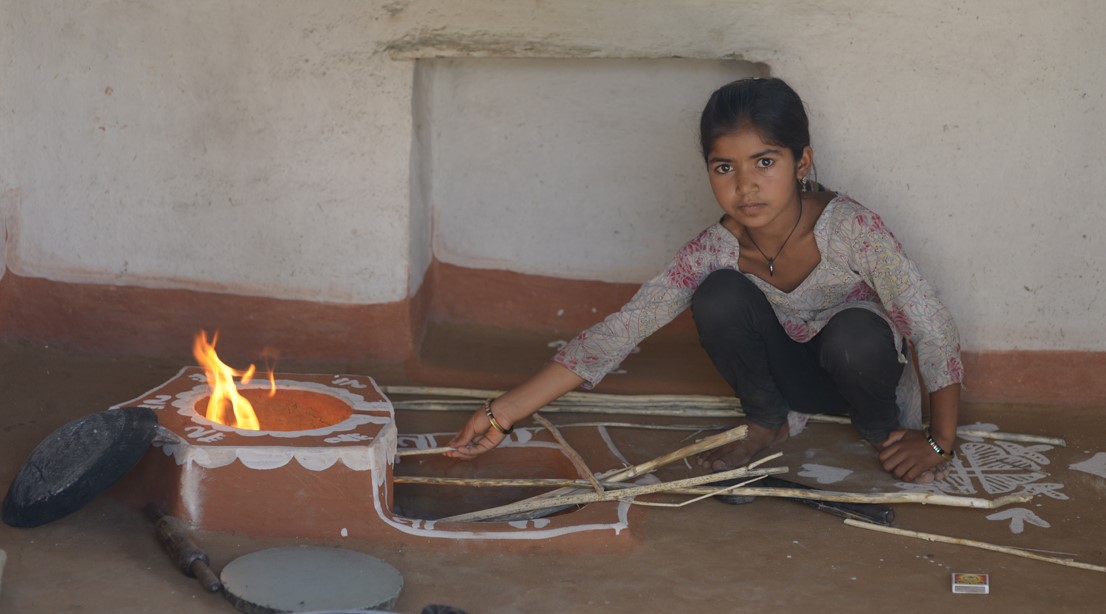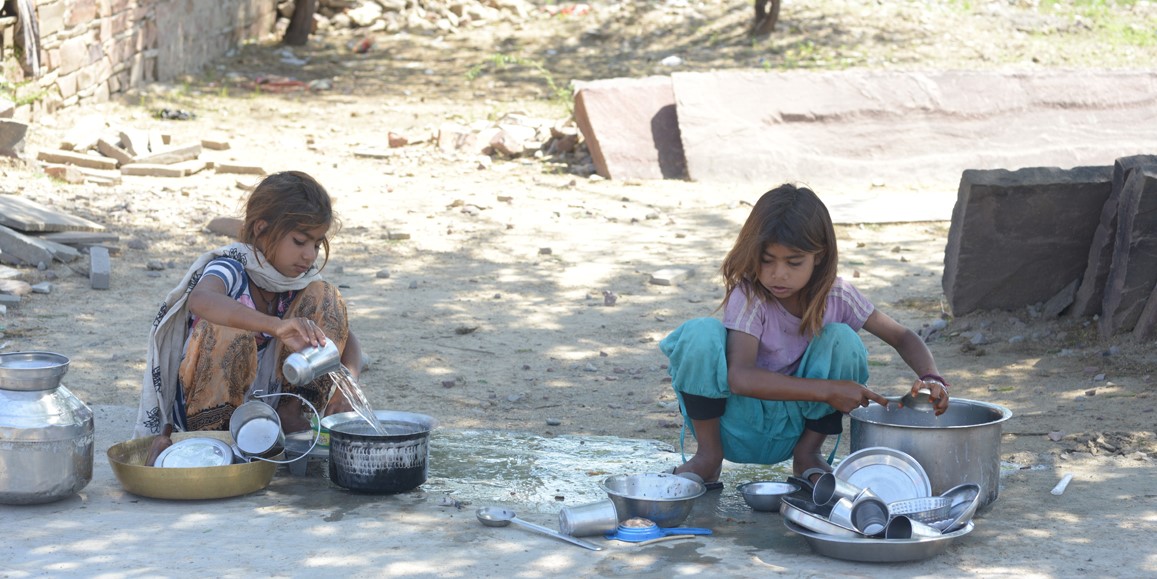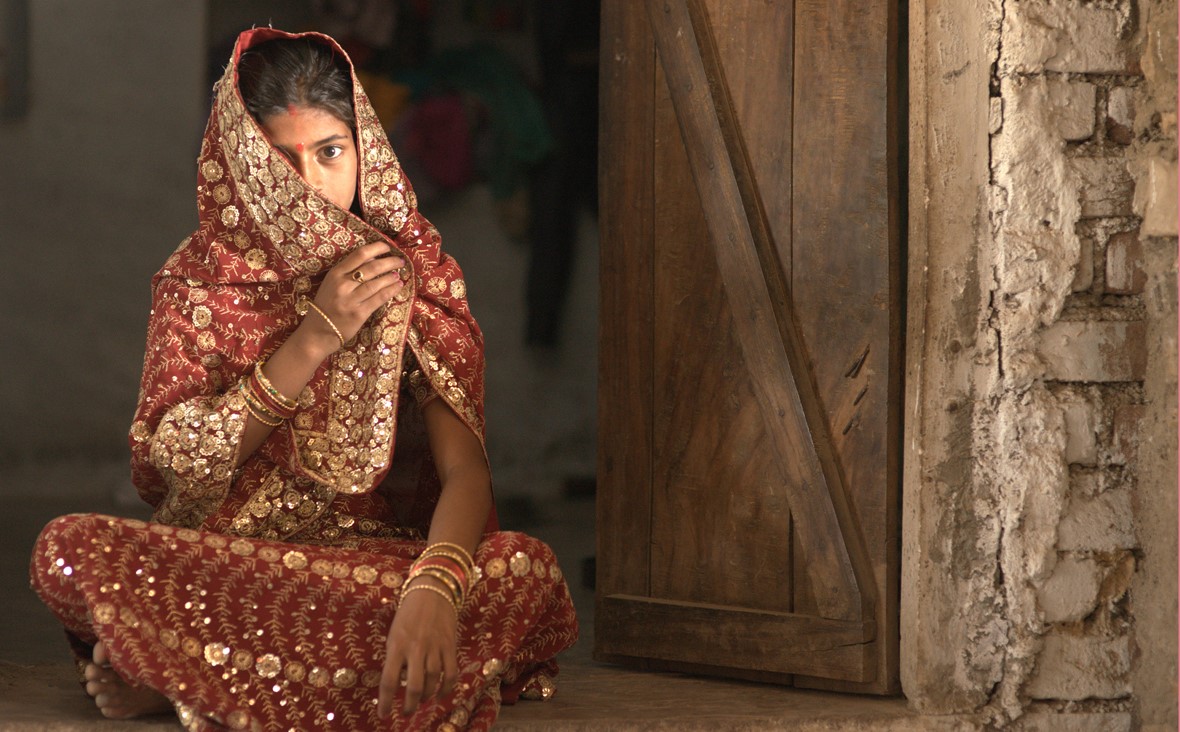Why 3 Million Girls In India Are Not In School

Educating a girl child is one of the best investments her family, community, and country can make. Research suggests that a good quality education can result in benefits like: girls marrying 4 years later, having healthier children, earning 10% more income, sending their own children to school and playing a more active role in leading their communities.
However, there are still close to 3 million out-of-school girls in India. Let’s take a closer look at the most common reasons that fuel gender disparity in education and keep girls out of school.

Cultural and Gender Bias
Commonly most parents, particularly in rural India, want their daughters to contribute to household work like cleaning the house, doing the dishes, cooking, etc. They also help look after younger siblings and cattle since often the parents are at work all day. A girl’s education is assumed to be a hindrance to her day-to-day life as she is, from a very young age, being trained to be a wife or daughter-in-law and is not expected to work or earn a living. It makes no economic sense to spend on a girl’s education because of the age-old expectation that she is destined to only be a wife and run a household.

School Infrastructure and Learning Environment
Lack of school infrastructure and amenities affects a girl’s attendance in school much more than a boy’s. Distance of schools from homes and lack of female teachers are major hindrances, especially for adolescent girls. Other factors include lack of separate toilets (or toilets in general), no drinking water facility, poor state of school boundary walls and playgrounds and lack of other amenities like electricity, books and pencils etc.
Poverty
Poverty is probably the most commonly cited and visible reason for most families keeping their child out of school. Especially in the case of girls the opportunity costs play a huge role – for instance, time spent by a girl helping with household chores, taking care of the family and contributing to the trade (agriculture or labor) has better economic returns than her studying. Lack of knowledge of the Right to Education Act (RTE) further detriments access to education as most families don’t know the benefits and rights it offers.

Child marriage
In India, child marriage is still prevalent and in the state of Rajasthan alone, approximately 60% girls are child brides. Many parents fear that educating a girl child may lead to her thinking independently and rebelling against age-old practices like that of child marriage, early pregnancy and female domesticity. An early marriage often also translates to saving money as in her later years a more educated boy’s family can demand a greater dowry.

We also spoke to many people in Rajasthan, right from young girls to parents and school teachers, to share their experience and insight on why girls in Rajasthan are not being sent to school.
[wpvideo i1zmCArU]
Almost all these reasons are linked in some way and are hampering the progress of our girls, our communities and our nation at large. That’s why it is so important for organizations to not only bring girls back to school, but also to help both girls and boys learn better. Educating a generation can definitely change the next one.
You can read more about what we do from our beneficiaries at Stories from the field and donate to our cause here.
Educate Girls
Posted on March 8, 2017
Interested in contributing towards
educating girls?
Quick Links
Resources & More
Keep helping. Stay Updated.
Child Protection Policy | Privacy Policy | Terms of Use | Employee Login | IT Assets
Educate Girls is a project of Foundation To Educate Girls Globally (FEGG) | FEGG is registered in India under Section 8 of the Indian Companies Act, 2013.
© 2018 All rights reserved. Educate Girls.

